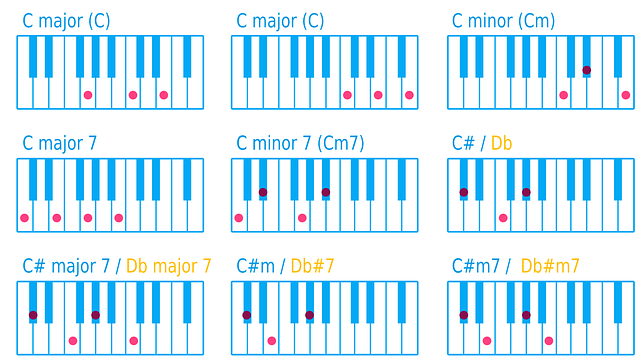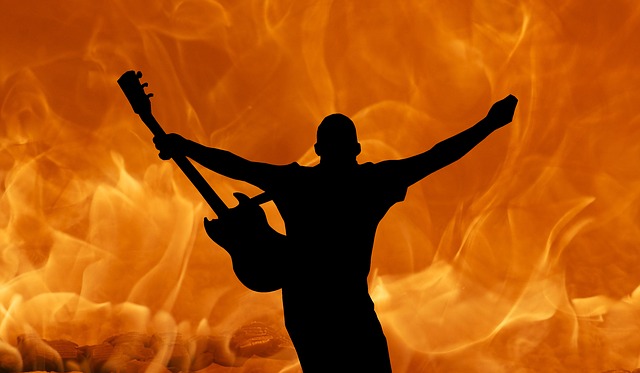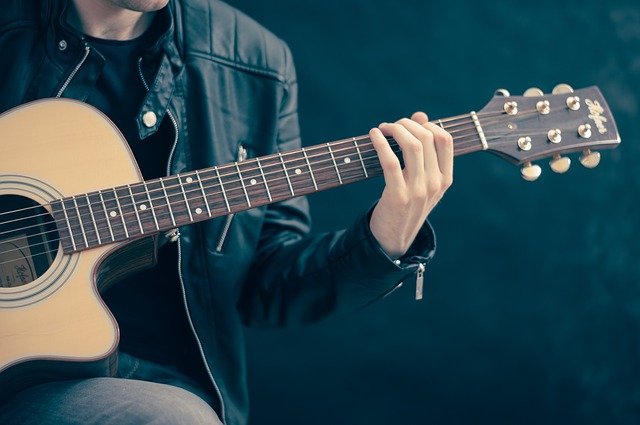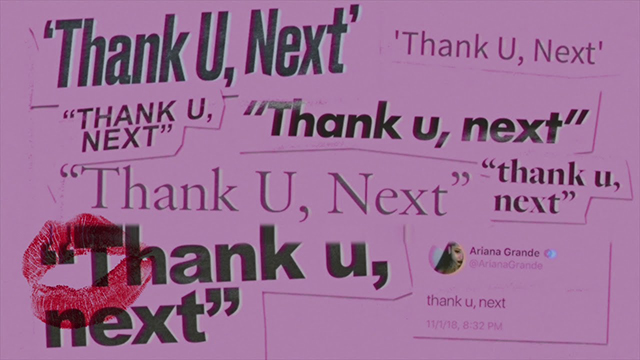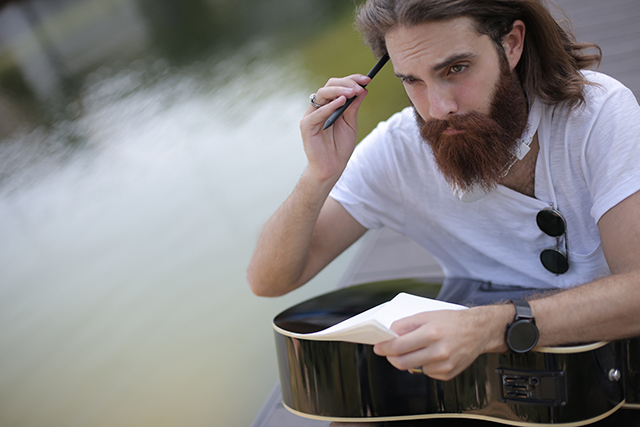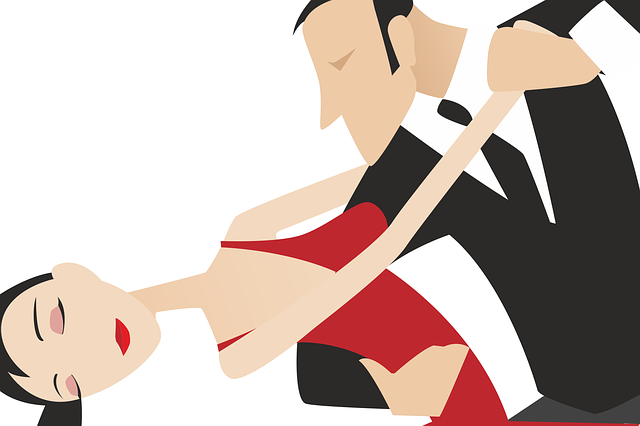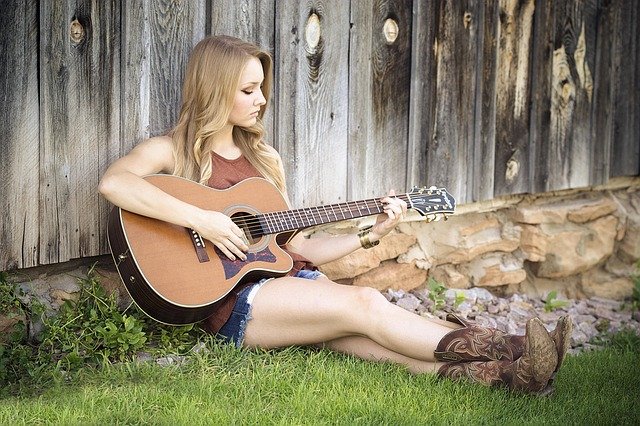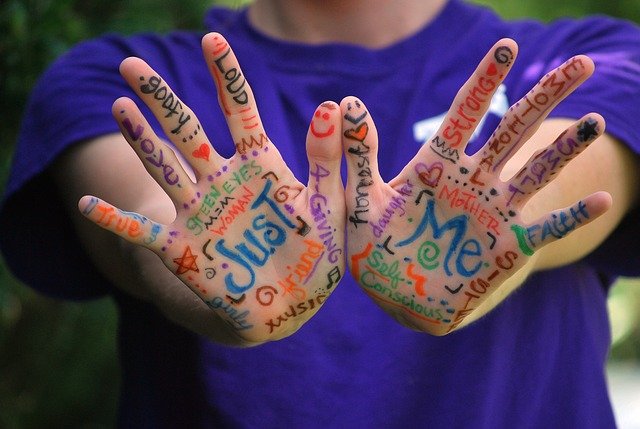
When you just start to learn the process of writing a song, and you don’t know how to start writing lyrics, it’s not a wrong idea to look up what are the most commonly used words in lyrics. It’s OK to look at these words as a starting point.
However, keep in mind that it’s not about what is common in those songs, it’s about how your song will be DIFFERENT from other songs. How your song will be unique.
Words used in lyrics is changing all the time. They used different words in the 90s, different words in the 80s, etc. For example, the most common word was “swing” in the lyrics of the 1930s. In the 50s, it was “mambo”. So if you analyze a song, you always need to take into account when it was written.
By the way, this is also true for music, not only for the lyrics. And even if you check one artist, their lyrics are constantly changing. For example, Taylor Swift was writing completely different songs 5 or 6 years ago.
Another important thing to know is that these are only words, and not phrases or sentences. Context is everything. You can use the same word in very different contexts and with very different meanings.
I analyzed the lyrics of thousands of songs to find what are the most common words in songs, so let’s see what are these words, and what is the best way to use them in your songs.
Continue Reading
